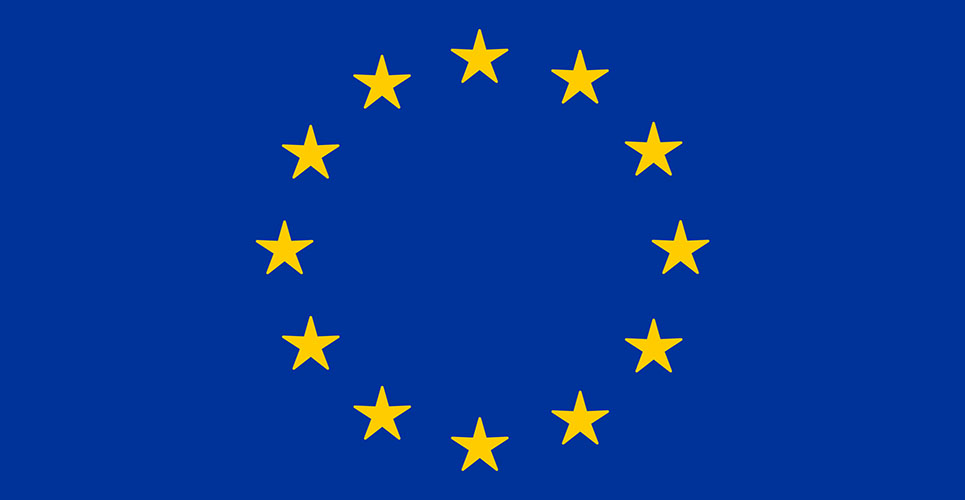Bial and Eisai have announced new real-world audit data presented at the American Epilepsy Society (AES) Annual Meeting 2017, which add to the existing clinical trials examining the effectiveness and tolerability of Zebinix® (eslicarbazepine acetate).
Bial and Eisai have announced new real-world audit data presented at the American Epilepsy Society (AES) Annual Meeting 2017, which add to the existing clinical trials examining the effectiveness and tolerability of Zebinix® (eslicarbazepine acetate).
These data assess the real-world effectiveness, safety and tolerability of eslicarbazepine acetate when used as monotherapy in patients with partial-onset seizures, following conversion from previous treatment with carbamazepine or oxcarbazepine and when treated with ≤1200 or >1200mg/day eslicarbazepine acetate.1,2,3
Euro-Esli, an exploratory pooled analysis of data from 14 European clinical practice studies including 2058 patients aged 14-88 years old with partial-onset seizures (POS), with or without secondary generalization, examined the real world use of eslicarbazepine acetate as monotherapy, as well as adjunctive therapy, for POS in clinical practice.
“Euro-Esli study offered data of >200 patients with eslicarbazepine acetate in monotherapy, where it proved to be an effective and tolerable option,” says Dr Vicente Villanueva, Neurologist and Epileptologist, Hospital Universitario y Politécnico La Fe, Valencia, Spain.
The Euro-Esli study also showed that eslicarbazepine acetate was efficacious and generally well tolerated in patients switching from carbamazepine or oxcarbazepine in clinical practice.1 A further abstract, examining a different Euro-Esli data set, explored the effectiveness, safety and tolerability of eslicarbazepine acetate in patients with partial-onset seizures treated with ≤1200 or >1200mg/day.2
Epilepsy is one of the most common neurological conditions in the world, affecting approximately fifty million people in Europe.4 It is defined as either: (1) the occurrence of two or more unprovoked seizures >24 hours apart; (2) one unprovoked (or reflex) seizure and a probability of further seizures occurring over the next 10 years that is similar to the general recurrence risk (at least 60%) after two unprovoked seizures; (3) diagnosis of an epilepsy syndrome.5 Depending on the type, seizures may involve one part of the body or the whole body, and may affect consciousness. Epilepsy has many possible causes but sometimes the cause is unknown.6
“Real-world data explores the impact of a treatment in a real-life environment and these data improve our knowledge and understanding around the use of eslicarbazepine acetate, reinforcing Bial’s commitment to developing and delivering beneficial treatment options for people living with epilepsy” comments António Portela, CEO of Bial.
“We are committed to the development of our anti-epileptic drug product portfolio, and Eisai continues to invest in real world evidence which will help us ensure we are addressing the diversity of epilepsy patients, which may help improve their quality of life,” comments Neil West, Vice President EMEA, Global Neurology Business Unit at Eisai.
In Europe eslicarbazepine acetate is indicated as:
- monotherapy in the treatment of partial-onset seizures, with or without secondary generalisation, in
- adults with newly diagnosed epilepsy;
- adjunctive therapy in adults, adolescents and children aged above 6 years, with partial-onset
- seizures with or without secondary generalisation.7
References
- Peltola J, McMurray R, Villanueva V.(2017) Efficacy, safety and tolerability of eslicarbazepine acetate in patients transitioning from carbamazepine or oxcarbazepine in everyday clinical practice. American Epilepsy Society Annual Meeting (AES) 2017; Washington, US. Abst. 1.319.
- Villanueva V, McMurray R. (2017) Effectiveness, safety and tolerability of eslicarbazepine acetate at doses >1200 mg/day versus ≤1200 mg/day: real-world evidence from the Euro-Esli study. American Epilepsy Society Annual Meeting (AES) 2017;Washington, US. Abst. 1.318.
- McMurray R, Villanueva V, Delanty R. (2017) Real-world data on the effectiveness, safety and tolerability of eslicarbazepine acetate monotherapy in clinical practice. American Epilepsy Society Annual Meeting (AES) 2017;Washington, US. Abst. 2.313.
- Saxena S, et al. (2017) Defeating epilepsy: A global public health commitment. Epilepsia Open. 2 (2), 153-155.
- Fisher, R.S., et al. (2014) ILAE Official Report: A practical clinical definition of epilepsy. Epilepsia. 55(4), 475-482.
- Laxer D, et al. (2014) The consequences of refractory epilepsy and its treatment. Epilepsy & Behaviour. 37,59-70.
- Eisai. (2017) Zebinix® (eslicarbazepine acetate) Summary of Product Characteristics. Available from: www.ema.europa.eu/docs/en_GB/document_library/EPAR_-_Product_Information/human/000988/WC500047225.pdf [Accessed October 2017].
